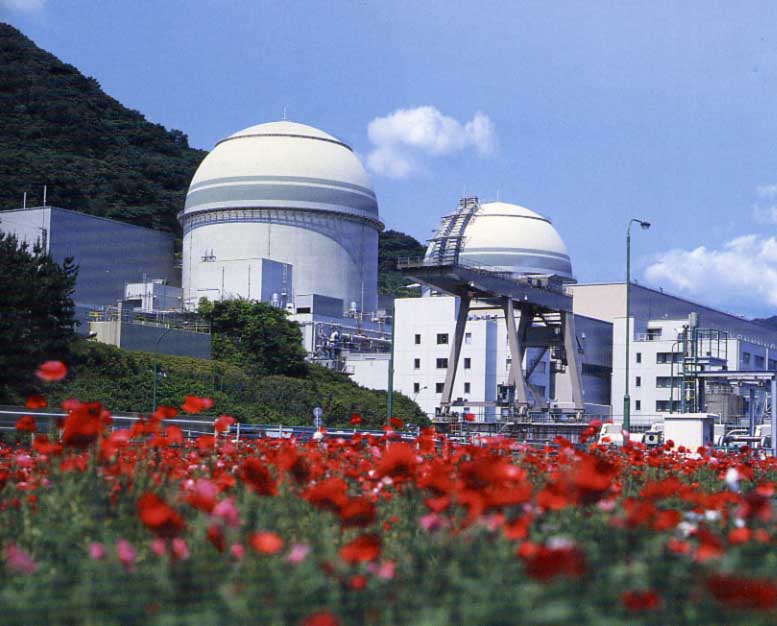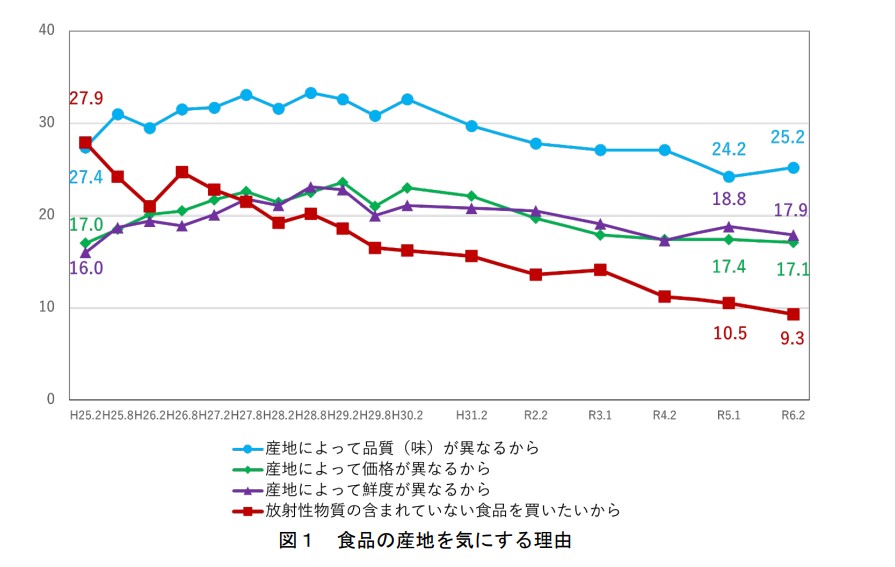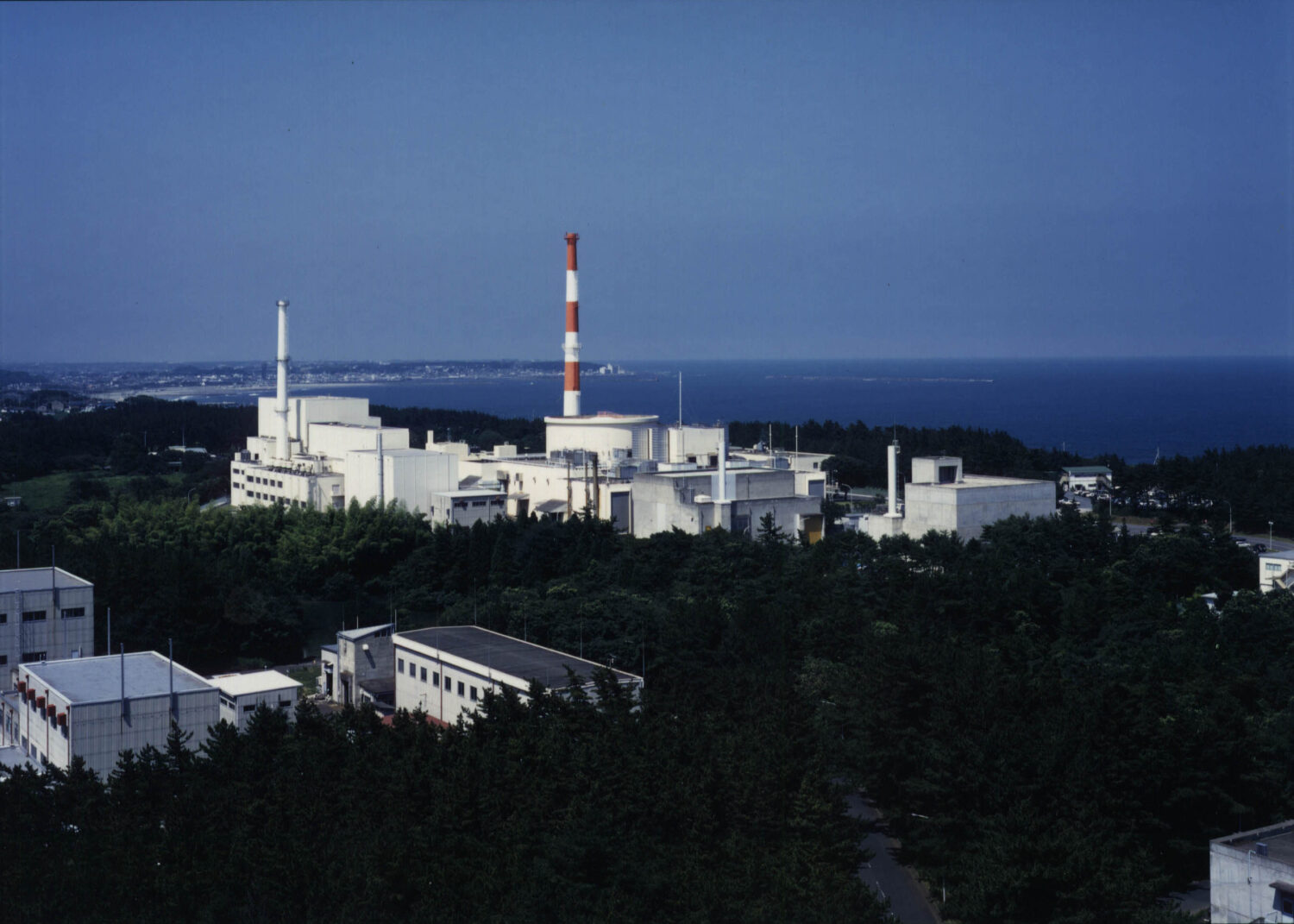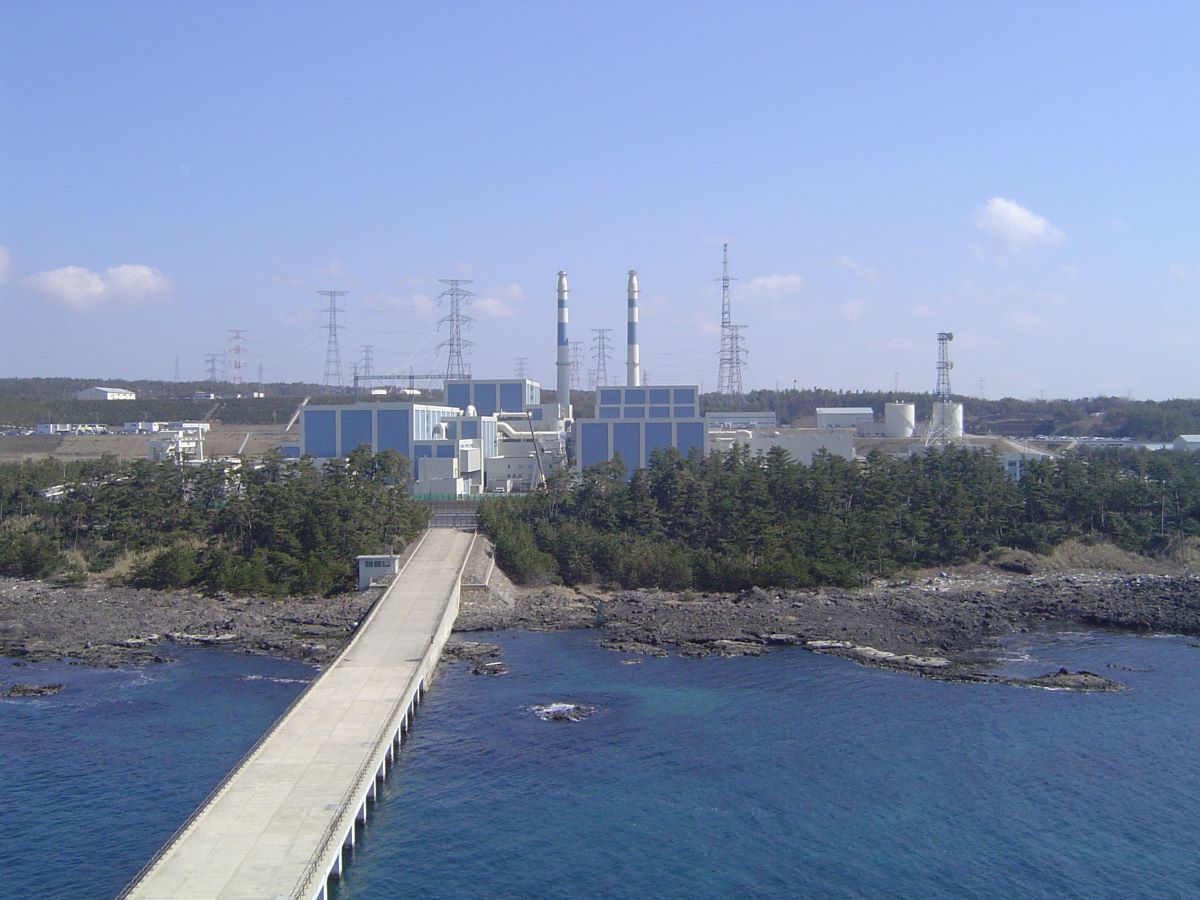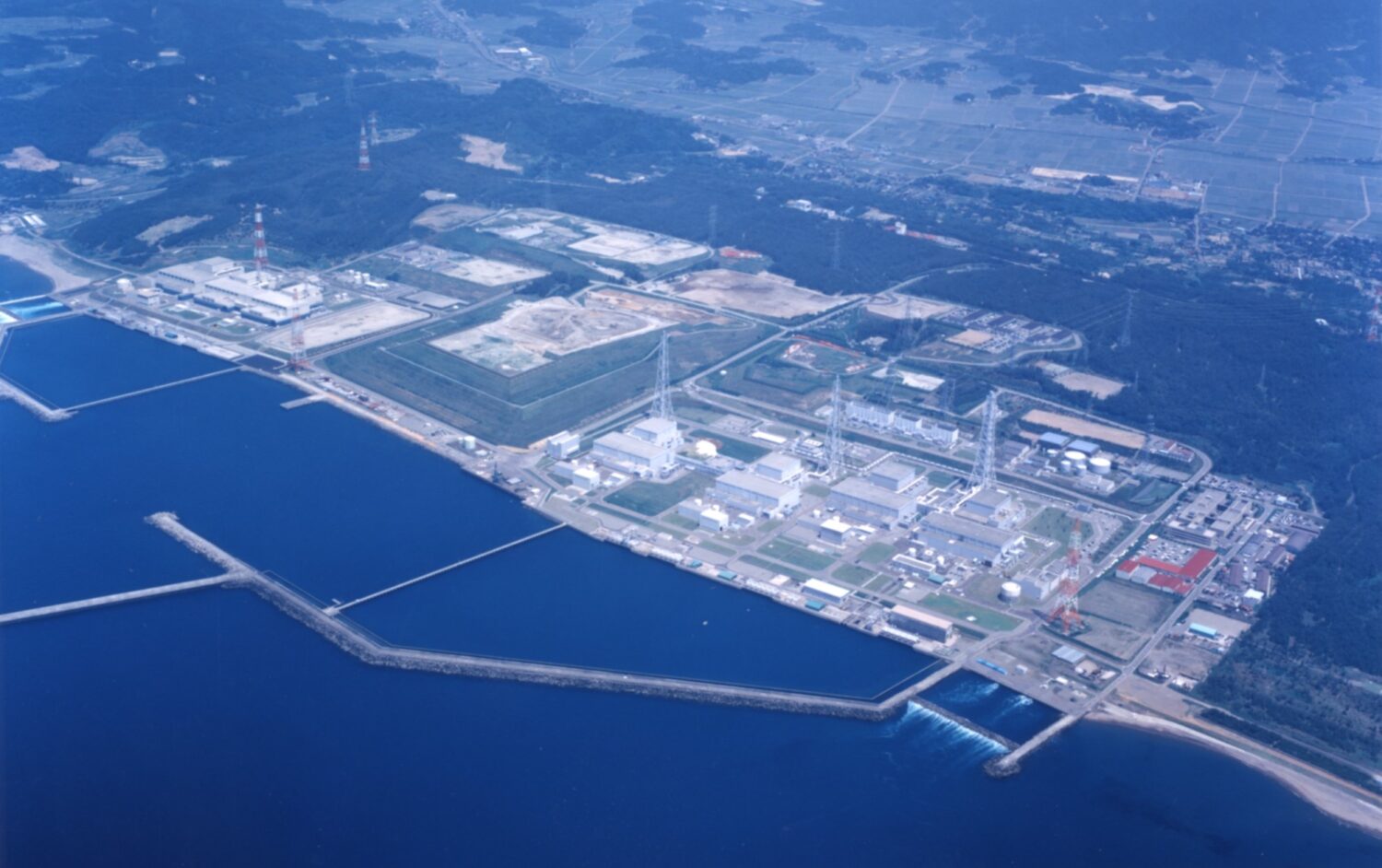The Sendai-1 (PWR, 890 MWe) suspended operation for a periodic inspection in May 2011. Sendai-2 (PWR, 890MWe) stopped for a periodic inspection in September 2011. The Democratic Party of Japan (DPJ), the administration at the time, decided: “In order to restart NPPs currently suspended for periodic inspections, primary assessments of stress tests will be conducted; secondary assessments of stress tests will be required for all NPPs, including those that were subject to the primary assessments.”
The Nuclear Regulation Authority (NRA), established in September 2012, changed that policy to the following: “In determining start of operation after completion of a periodic inspection, rather than confirming the appropriateness of evaluations of stress test results, new safety standards will be issued and safety will be confirmed according to examinations based on those standards.” In the circumstance, however, where actual new safety standards were not promulgated for some time, not only the Sendai NPPs, but NPPs across the country have remained suspended for periodic inspections.
Following the birth of the administration under the Liberal Democratic Party (LDP) in December 2012, the NRA issued new regulatory standards in July 2013. The power company then filed applications for the two Sendai units for compatibility examinations with the standards.
“Compatibility examination” means collectively a series of examinations, following applications, leading to permission to change a reactor installation (necessary to install new equipment/facilities in line with the new standards), permission to implement a work plan (for additional installations), permission to revise an operational safety program (regarding appropriateness of use of newly installed equipment/facilities), and to the carrying out of a pre-service inspection (to confirm that newly installed equipment/facilities can function as designed).
In March 2014, the NRA decided to carry out its examinations of the Sendai-1 and -2 NPPs with priority. In July, the NRA compiled draft review reports on the results of the examinations of applications for permission to change reactor installations. The granting of permission was formally decided in September.
In Japan, agreements from local municipalities are required for operation of NPPs, separately from the technical aspects. This is considered essential in order to nurture mutual trust between nuclear operators and local communities. In September 2014, the national government approved evacuation plans formulated by municipalities around the Sendai Nuclear Power Station. It also informed Kagoshima Prefecture and Satsumasendai City that it clearly favored restarting the two units. In October, the national government held explanatory meetings in five neighboring cities and towns. On October 28, the mayor and the assembly of Satsumasendai City agreed to restarts. On November 6, a special committee of the Kagoshima Prefectural Assembly approved a petition asking for the restart.
Hereafter, the Kyushu Electric Power Co. will complete various legal procedures, including obtaining approval of work plans, operational safety programs and pre-service inspections. Restarts will probably not occur until 2015.


-1.png)








.jpg)











